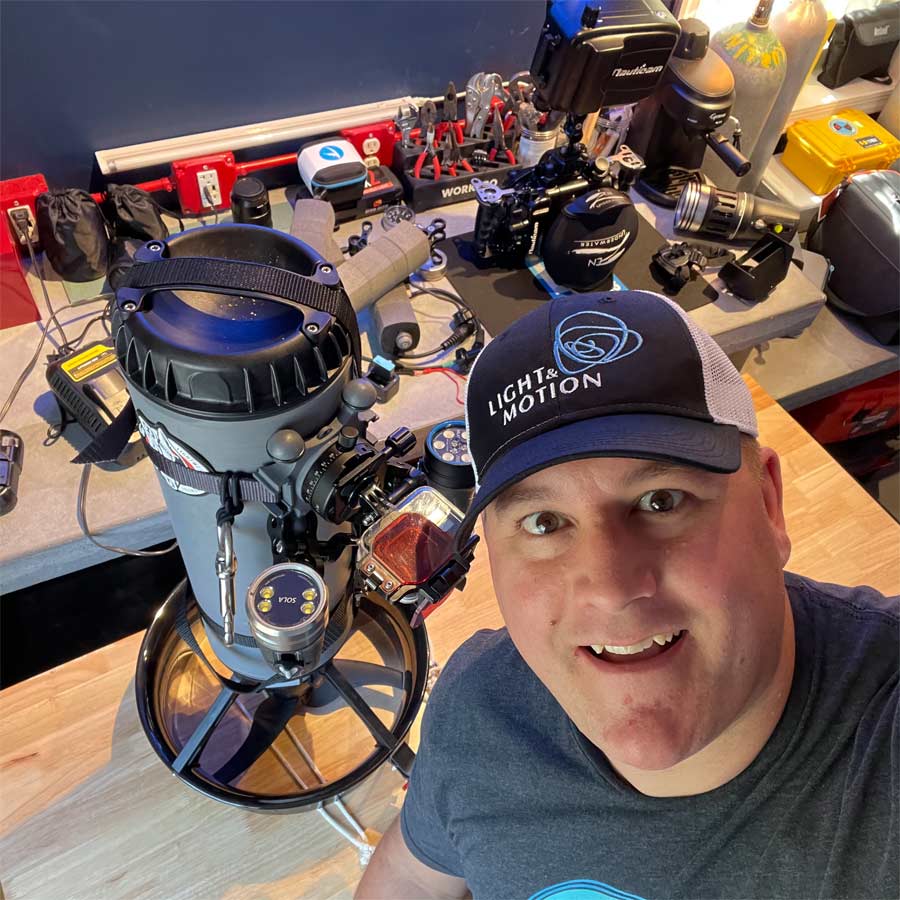5 Tips for Wall Diving for Beginner Scuba Divers
In our video about Grand Cayman, one of the top ten tips for maximizing the experience is making the most out of wall diving. If you are approaching your first-ever wall dive, or just curious to learn about what makes wall diving so attractive to scuba divers, stay tuned for 5 tips for beginner wall divers.
What’s the appeal?
Dive sites such as the North Wall in Grand Cayman are bucket-list level experiences. There is also fantastic wall diving everywhere from British Columbia to Indonesia. But what makes wall diving so attractive to scuba divers?
First off, the topography. Using the North Wall as an example, it goes down thousands of feet. The scale and scope is very humbling, and the canyons and crevices in the wall make it an even more interesting dive. Plus, you can see large, healthy coral formations that are fed by currents.
Another plus factor for wall diving is that the navigation is fairly easy. The depth is intimidating, but as long as you keep the wall on one side of you going one way, and on the other side coming back, that’s all there is to it.
So, now that you’re sold, how do you ensure safety and success?
Five factors to consider before you go wall diving
This is important with every dive, but especially with wall dives. Your depth affects your no-decompression limit and gas consumption. The reason you want to be especially aware of depth on wall dives is because it can become disorienting. Looking down to see blue water, which gradually fades to dark blue, and then to black, can cause you to lose your sense of depth. You could be keeping an eye on a topographical feature of the wall, but you could actually be at an angle, causing you to drop lower than you expect.
If you’ve got a huge wall at depth and the tidal action is moving water, you’re going to have to push one way or the other. As with any dive with current, always start your dive going into the current, meaning you have the current with you on your return.
This also applies to any dive, but wall dives especially. The first thing you should do is pick which parts you want to dive, drop down, swim into the current and then come up the wall and be shallower on the way back. This will help your decompression profile, gas consumption, and give you the help of the current coming back. It will also make the second half of the dive much easier than the first half as your energy starts to run out.
This is for a number of reasons:
- So that you don’t damage the coral, or get caught in it!
- To have the best sense of scale. If you come off of the wall and look at it as a whole picture you will really get the “wow” effect that makes scuba divers love this type of diving so much
Don’t be transfixed by just staring at the wall, because you might miss something! This could be anything from a pod of dolphins, to whales, to sharks. Always keep half an eye out on the “big blue”
Looking for other kinds of diving and dive sites? Be sure to check out our video on scuba diving the USS Kittiwake in Grand Cayman.












